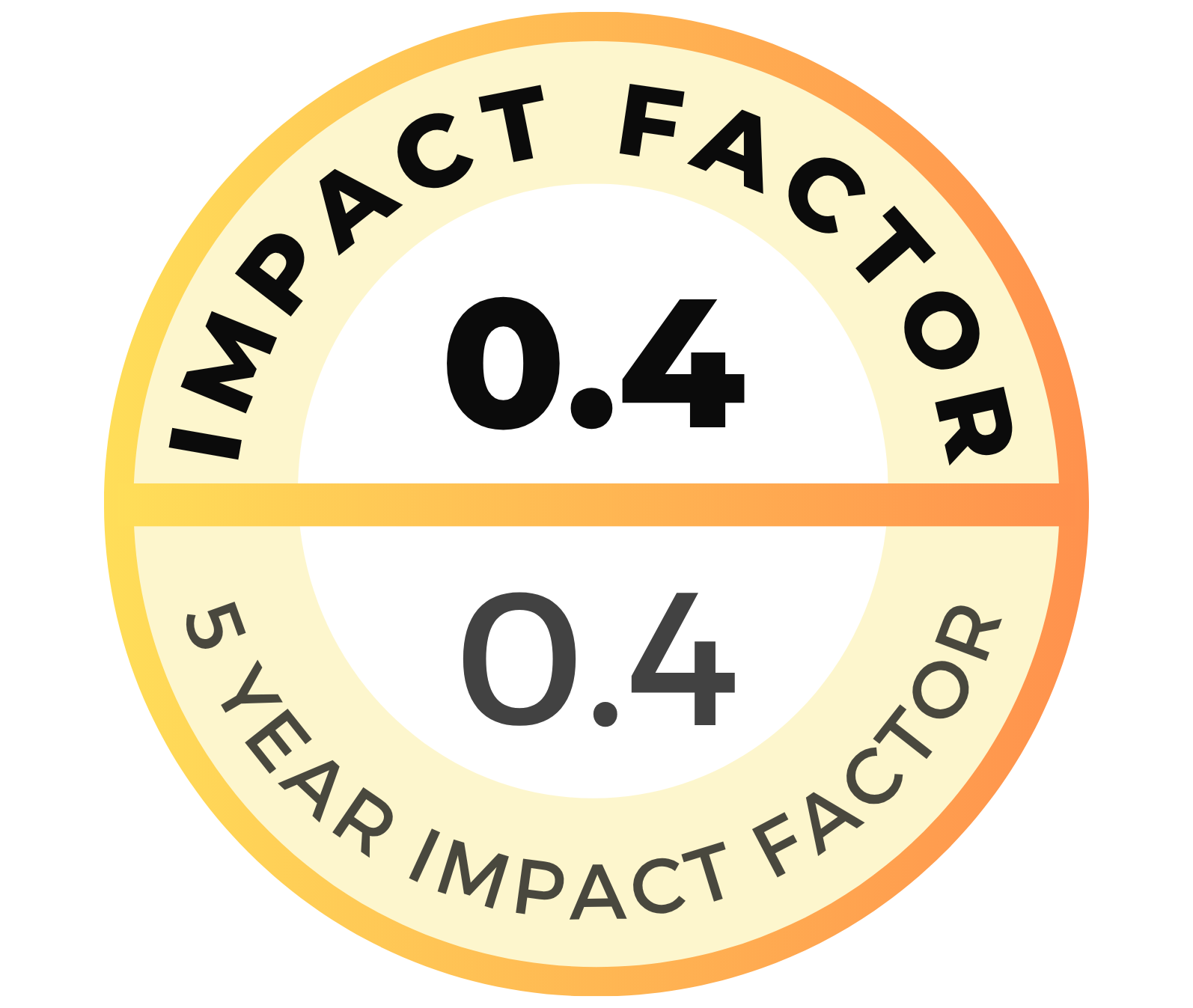Boron, found in nature in the form of compounds, has beneficial effects on the organism. However, information about the toxic effects of boron or its compounds is limited. This study aims to assess the effects of high dose boric acid on hormonal balance, oxidative stress, and DNA damage in female rats during the menstrual cycle. A total of 56 female Wistar albino rats were randomly allocated into two groups of equal size: a control group and a boric acid group (350 mg/kg, i.p.). These groups were subdivided into four subgroups based on the menstrual cycle phases (estrus, proestrus, diestrus, and metestrus), with seven rats in each subgroup. Atthe end of the 14-day experimental phase, biochemical, hormonal, and oxidative stress parameters and DNA damage on blood and tissue (liver, ovary, and kidney) samples were also studied. Additionally, histopathological examinations were performed on the liver, ovary, and kidney. High-dose boric acid did not affect biochemical parameters, including glucose, cholesterol, triglyceride, high-density lipoprotein, and low-density lipoprotein levels. However, it increased serum follicle-stimulating hormone levels, while luteinizing hormone, progesterone, and estrogen levels decreased. Furthermore, malondialdehyde levels were found to be elevated in blood, liver, and kidneys, whereas glutathione levels, as well as superoxide dismutase and catalase enzyme activities, were reduced. Although high-dose boric acid did not induce DNA damage, it caused mild tissue damage in the liver, ovary, and kidneys. These findings indicate that a high dose of boric acid induces oxidative stress and alters hor monal balance in female rats.
Cite this article as: Demirel, H. H., Karabağ, F., Arslan-Acaroz, D., Zemheri-Navruz, F., Küçükkurt, İ., & İnce, S. (2025). High-dose boric acid on hormonal status, oxidative stress, and DNA damage in female rats during the menstrual cycles. Acta Veterinaria Eurasia, 51, 0016, doi: 10.5152/actavet.2025.25016.





.png)